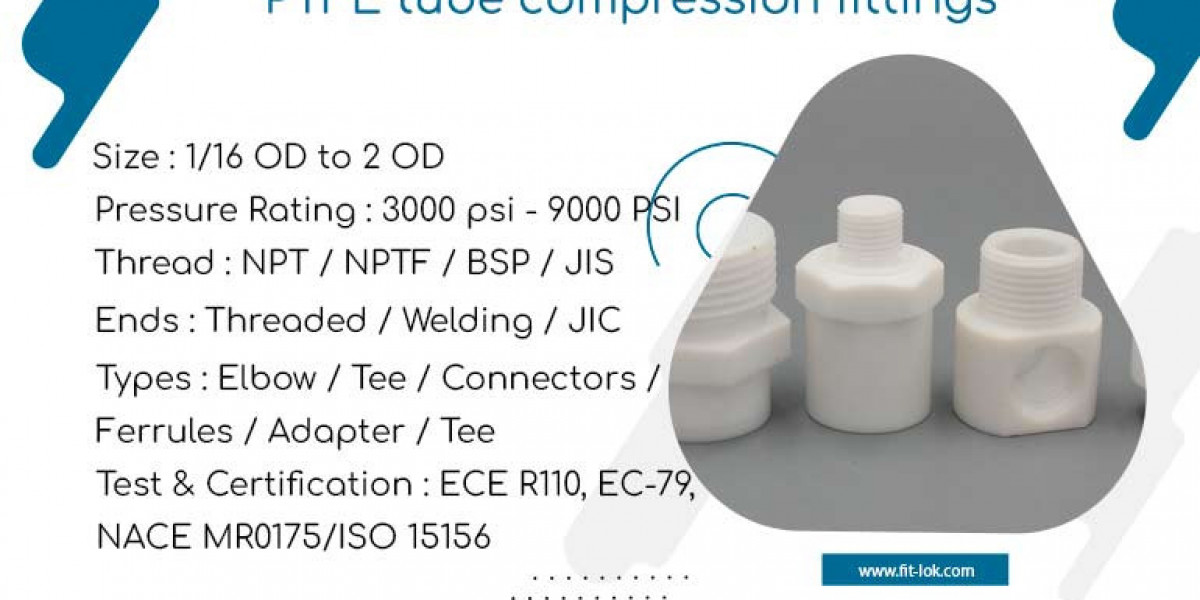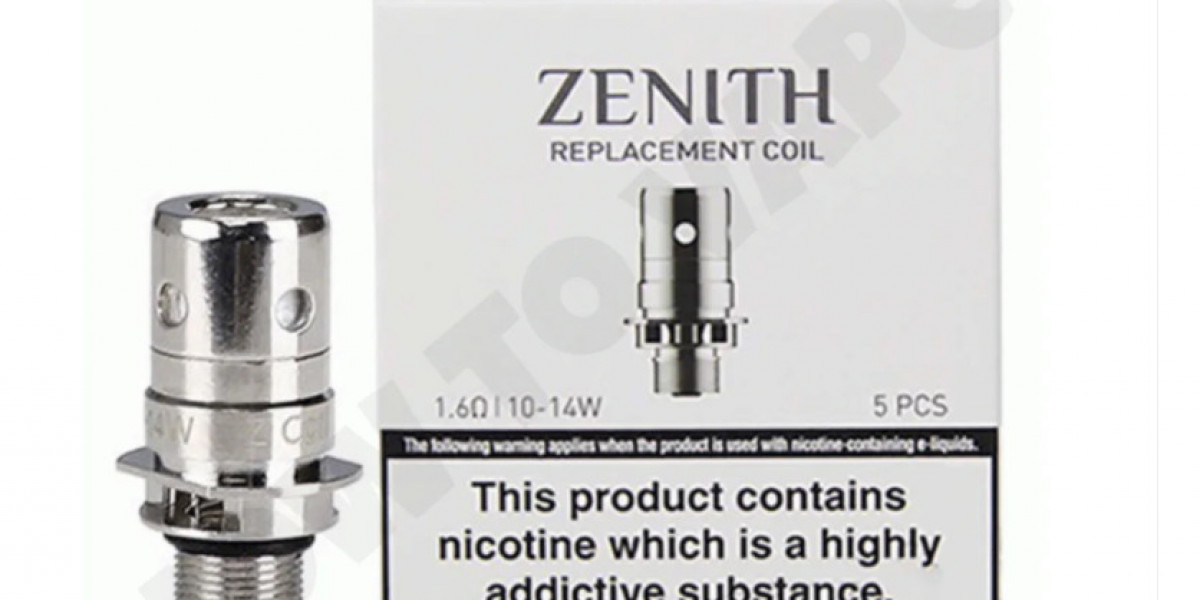A Beginner’s Guide to PTFE Tubing and Fittings: Everything You Need to Know
Polytetrafluoroethylene (PTFE) tubing is widely used across various industries due to its unique properties, including high chemical resistance, low friction, and excellent thermal stability. Whether you're working in medical, automotive, or industrial applications, understanding PTFE tubing and its fittings can help ensure optimal performance.
What is PTFE Tubing?
PTFE tubing is a fluoropolymer material known for its non-stick surface, high temperature resistance (up to 260°C), and strong resistance to chemicals, acids, and solvents. It is often used in applications requiring a smooth, non-reactive surface, such as fluid transfer, laboratory use, and electrical insulation.
Key Benefits of PTFE Tubing
Chemical Resistance: PTFE tubing is resistant to most chemicals, making it ideal for aggressive fluid applications.
High Temperature Tolerance: It can withstand extreme temperatures ranging from -200°C to 260°C.
Low Friction: The non-stick nature of PTFE ensures smooth fluid flow and reduces clogging.
Electrical Insulation: It has excellent dielectric properties, making it suitable for electrical applications.
Durability: PTFE is highly durable and resistant to wear and aging, ensuring long-term performance.
Types of PTFE Fittings
To connect PTFE tubing efficiently, various types of fittings are available, including:
Compression Fittings: These provide a secure, leak-free connection by compressing a ferrule around the tubing.
Barbed Fittings: Designed for flexible tubing, barbed fittings ensure a tight grip when used with hose clamps.
Push-to-Connect Fittings: These fittings allow for quick and easy assembly without requiring additional tools.
Threaded Fittings: Used in high-pressure applications, these fittings provide a secure, screw-in connection.
Choosing the Right PTFE Tubing and Fittings
When selecting PTFE tubing and fittings, consider the following factors:
Application Requirements: Ensure the tubing and fittings meet the pressure, temperature, and chemical compatibility needs.
Size and Thickness: Choose the appropriate inner and outer diameter based on flow rate and connection compatibility.
Installation Ease: Opt for fittings that facilitate easy installation and maintenance.
Conclusion
PTFE tubing and fittings offer superior performance in demanding environments. By selecting the right type and ensuring proper installation, you can maximize efficiency and longevity in your applications. Whether for industrial, medical, or laboratory use, PTFE remains a reliable and versatile choice for fluid and gas transfer needs.










